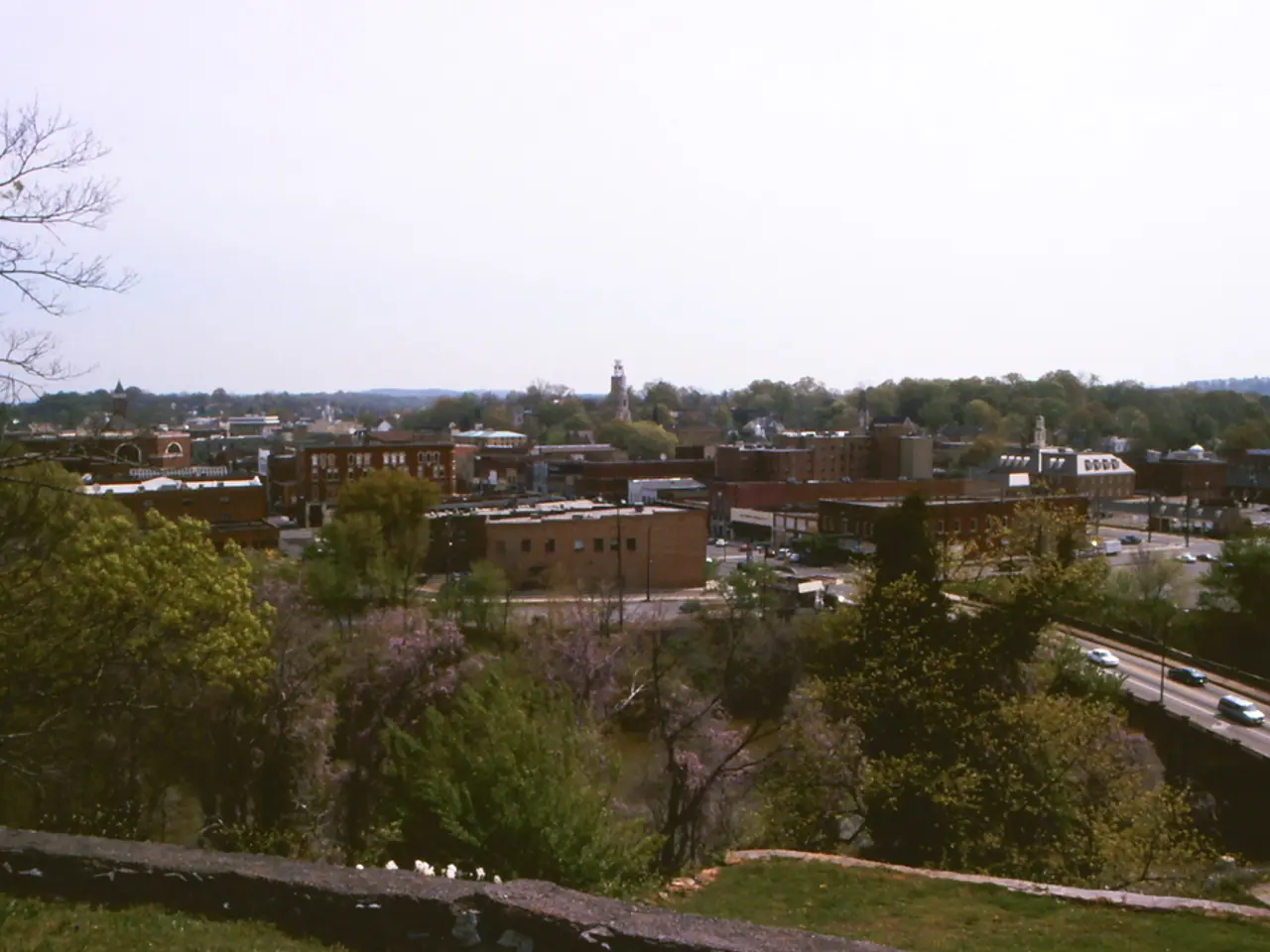Advocating Urban Sustainability: The Argument for Eco-Friendly Urban Spaces
Green roofs, long considered an untapped market, are now at the forefront of change-makers' agendas. These vegetated rooftops offer a myriad of benefits for health, ecology, and the economy, making them an attractive solution for urban spaces.
Urban greenery, whether on the ground or on rooftops, brings about significant improvements. It enhances the aesthetic appeal of cities, transforming neglected spaces into productive and enjoyable ones. The human connection to nature is not easily shaken off, and urban greenery helps satisfy this need.
One of the most notable advantages of green roofs is their insulation benefits. They help regulate temperature, providing a refuge from heat in the summer and acting as a barrier against cold in the winter. Additionally, they absorb rainwater, reducing the risk of stormwater flooding and improving local water management.
Green roofs can also serve as productive spaces. They can be used for vegetable gardens to grow local produce, contributing to urban sustainability. This not only supports community food security but also reduces the carbon footprint associated with transportation of goods.
Urban greenery provides refuge not only from heat and cold but also from pollution. Plants act as natural air purifiers, absorbing pollutants and releasing oxygen. This contributes to cleaner air in urban areas, which is beneficial for both human health and the environment.
In Germany, several organisations and projects are leading the way in urban rooftop greening. The startup "heygrün" enables homeowners to easily green their roofs and plans to expand to solar-green roof combinations. The Bundesverband GebäudeGrün e.V. (Federal Association for Building Greening) provides information and federal funding programs for roof and façade greening. Local government initiatives, such as the city of Neumünster, offer subsidies and guidelines for rooftop greening.
Projects like "Tausende Gärten – Tausende Arten" promote biodiversity through green spaces, while events such as the Hamburg Award for Green Buildings recognise the ecological and climatic benefits of green architecture.
However, the challenges and implementation of urban greenery may differ from case to case. It's essential to consider factors such as the building structure, local climate, and available resources when planning and executing rooftop greening projects.
In conclusion, green roofs present a new world of potential for urban spaces. They offer a multitude of benefits, from improving air and water quality to enhancing the urban landscape. As we continue to urbanise, the importance of incorporating green spaces, such as green roofs, into our cities becomes increasingly apparent. Information on how to revamp grey rooftop spaces is available, and with the right resources and support, we can make our cities greener, healthier, and more sustainable.








